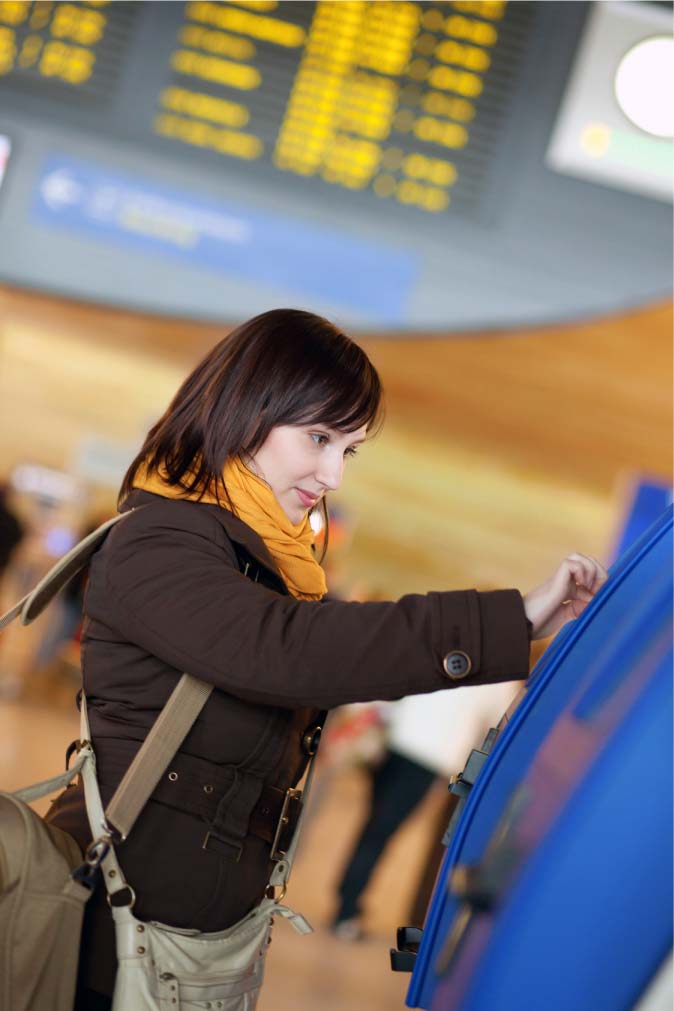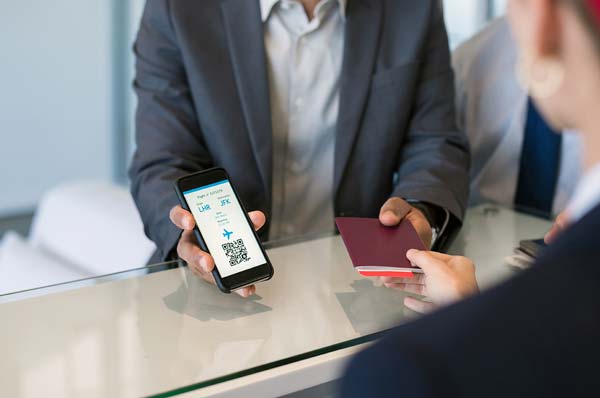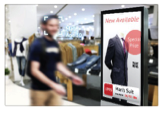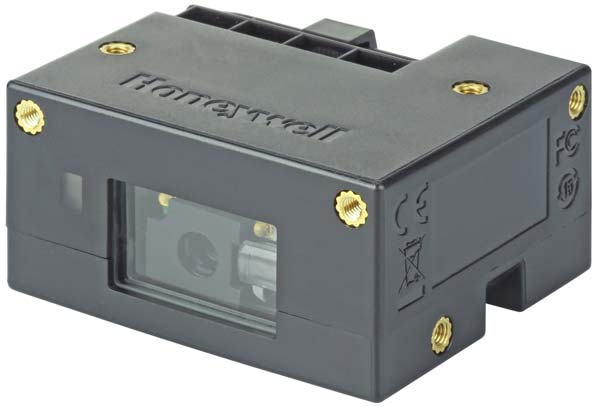How 2D Image Reading Solutions can Improve the Customer Experience
By Rob Hussey, Honeywell
Two-dimensional image reading technologies are often the basis for providing customers with a more personalized and valued experience.
As companies strive to connect with their customers on a more personal level, they are making technology investments to provide services and transactions that are tailored to the individual. Self-service kiosks and interactive digital signage solutions are being deployed at an increasing rate, giving consumers a personalized experience even when a company employee is not available to assist.
Manufacturers of kiosks are pressed to add more capabilities, customize their offerings, and deliver kiosk products more quickly to their customers. Fortunately, the latest two-dimensional (2D) imaging modules are built with kiosk designers’ needs in mind: equipment is more modular, is easier to integrate and can capture the identity of a user with higher accuracy. For instance, customers can “opt in” to be identified when they present their driver’s license or ID card.
Two-Dimensional Image Reading Technology
2D image readers are ubiquitous in access control applications where it is essential to identifying the people who want to gain admittance. Those who travel on a commercial aircraft have probably seen this technology as passengers present their boarding pass at the airport for security purposes. The boarding pass equipment scans the 2D barcode on the traveler’s boarding pass and then relays the pertinent passenger information to the airport personnel, making the boarding process easier.

No other machine-readable technology has the accuracy of 2D barcodes, which has powerful mathematical codes built in to detect and correct reading errors. The accuracy of 2D technology is so reliable that the technology is used to detect and correct errors in communication with satellites in deep space. In fact, the probability of a decode error is roughly 1 in 100 million.
For applications like loyalty program sign-up, this means the elimination of paper forms and associated transcription errors. Kiosks can make a personal connection simply by adding a modern 2D image reader that can scan 2D barcodes and OCR on customer driver’s licenses, passports, and other ID cards.
Enriching the Customer’s Experience
Kiosks and digital signage solutions are often being deployed in stores to provide rich information about products. Instead of simply displaying the price of a product, the kiosk could also provide additional information, such as show a promotional video about the product to pique the customer’s interest and hopefully encourage a purchase.
 Mobile coupons have been used for decades to entice shoppers with incentives, but only recently have they been able to pinpoint individual shoppers. Mobile coupons that are delivered to a person’s smartphone and tailored to their individual preferences are typically more likely to be seen and acted upon. In many cases, these coupons are used as a link between the digital world and the physical store. To create the link, many retailers are installing 2D image readers in their stores.
Mobile coupons have been used for decades to entice shoppers with incentives, but only recently have they been able to pinpoint individual shoppers. Mobile coupons that are delivered to a person’s smartphone and tailored to their individual preferences are typically more likely to be seen and acted upon. In many cases, these coupons are used as a link between the digital world and the physical store. To create the link, many retailers are installing 2D image readers in their stores.
By incorporating a 2D image reader, the kiosk can scan a mobile coupon that is displayed on the customer’s phone, instantly identifying the customer and the personalized offer. Once the customer is identified, the kiosk could obtain the customer’s preferred size and colors, inventory and store location. In a grocery store, the kiosk can be aware of the customer’s dietary needs. And, when the product’s barcode is scanned by the customer, the kiosk could alert the customer if the item contains an unwanted or harmful ingredient.
Secure Transactions
 Security is a concern whenever customer information is accessed. The need for security is especially important for certain applications, where a kiosk may be set up to access personal health data, or is used for a financial transaction. In these cases, a person may identify himself by scanning his ID card at the kiosk, and then the system performs a two-factor authentication through a unique code sent to the person’s smartphone.
Security is a concern whenever customer information is accessed. The need for security is especially important for certain applications, where a kiosk may be set up to access personal health data, or is used for a financial transaction. In these cases, a person may identify himself by scanning his ID card at the kiosk, and then the system performs a two-factor authentication through a unique code sent to the person’s smartphone.
If personal information is scanned from an ID card, it is important that the data is encrypted before it is transmitted over the Internet. Some ID card reading solutions rely on a connection to the Cloud for data interpretation, potentially putting personally-identifiable information at risk. Other solutions exist so that the information associated with the ID card can be extracted inside the 2D image reader, offering a more secure transaction and a simpler system design.
Where We Are Today

Today there are 2D image reading solutions available on the market for kiosk data capture operations that provide a self-contained 1D and 2D barcode scanning, whether decoding mobile phone screens or paper. These solutions incorporate advanced technology to easily extract information from a driver’s license or any other loyalty card, and include enhanced security because the extraction is performed inside the device – thus, there is no need to transmit personal information over the Internet. Most importantly, due of these capabilities, these solutions can be used to provide customer service at the kiosk that is almost on par with the most trained customer service employees.
For more information on two-dimensional image reading technologies and how to improve the customer experience, please visit Honeywell Safety and Productivity Solutions.
Learn more at www.honeywellaidc.com/products/oem-scan-engines/2d-imagers/cm-series
---

About the Author
Rob Hussey is the Development Manager of Honeywell Safety and Productivity Solutions
Visit The Bar Code News(tm) on social media:
